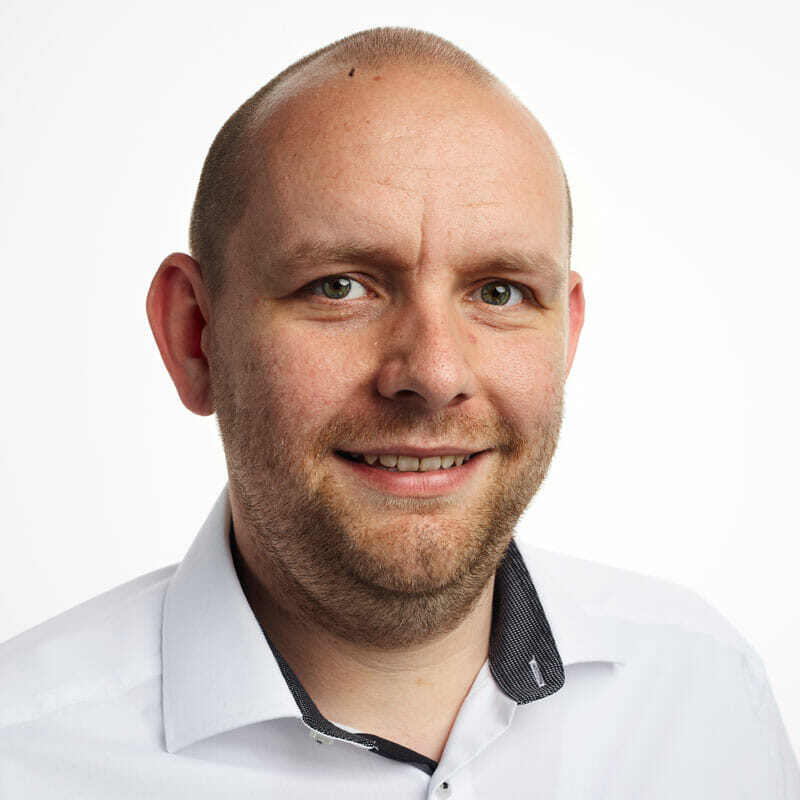The financial industry is no stranger to innovation, but as technology advances, so do the complexities it brings. This year’s XLoD (Crossing the Lines of Defense) conference, widely regarded as the premier event for leaders in risk, control, and compliance, provided a platform for experts in regulatory compliance, surveillance, and trade oversight to tackle the opportunities and challenges of emerging technologies like artificial intelligence (AI). In this blog, I’ll delve into three key themes from the event and explore how compliance officers can navigate an AI-driven future with confidence.
1. AI Silos: The Looming Operational Challenge
A recurring theme at XLoD was the rise of AI silos—a scenario where internal teams deploy disparate AI models tailored to specific business areas, creating fragmented and inflexible systems. While these solutions may work in isolation, their lack of interoperability can complicate broader operational goals.
For compliance officers, for instance, this fragmentation poses significant challenges:
- Operational Inefficiency: AI systems that don’t communicate effectively can lead to redundant processes and wasted resources.
- Increased Risk: Misaligned models can result in gaps in surveillance, exposing firms to compliance breaches.
- Difficulty in Scaling: As firms grow, siloed AI systems may hinder their ability to adapt to new regulatory requirements.
How to address it: Compliance leaders must advocate for a centralized AI governance framework to ensure consistent standards across the organization. Cross-functional collaboration between compliance, IT, and business teams is moreover critical to avoid siloed deployments. Regular audits and validation of AI systems can help identify integration gaps and maintain operational harmony.
2. The AI Reality Check: Is It Delivering on Its Promise?
Despite the hype surrounding AI, natural language processing (NLP), and machine learning (ML), there remains a lack of evidence that these tools are consistently meeting real-world compliance needs. At XLoD, industry experts highlighted a key misconception: the belief that AI can achieve near-perfect accuracy.
For compliance officers, this raises an important question: How can firms trust AI systems that are inherently fallible? Some of the concerns include:
- False Positives and Negatives: AI tools may flag irrelevant issues or miss critical risks, leading to wasted resources or undetected violations.
- Overreliance on AI: Assuming AI tools are foolproof can create a false sense of security, undermining proactive oversight by human teams.
How to address it: Compliance officers should approach AI as an augmentative tool rather than a replacement for human judgment. Setting realistic expectations about AI’s limitations and conducting thorough validation tests can help assess its effectiveness. Periodic reviews and updates to AI models will ensure they align with evolving regulatory standards and business needs.
3. Workforce Implications: The Future of Compliance Roles
The adoption of AI invariably sparks concerns about workforce reduction, particularly in junior-level compliance roles. These positions are most at risk of redundancy, as they are often responsible for manual tasks such as data entry and transaction monitoring. In this regard, the conversation at XLoD emphasized a broader challenge: How do we train the next generation of compliance officers if entry-level roles disappear? The potential risks:
- Skills Gap: Without entry-level positions, aspiring compliance professionals may miss foundational learning opportunities.
- Knowledge Erosion: As junior roles diminish, organizations risk losing a pipeline of experienced professionals ready to step into senior positions.
How to address it: Firms should adopt a dual-track strategy:
- Upskill Current Teams: Provide training programs to equip existing staff with AI literacy and analytical skills to work alongside technology.
- Reimagine Entry Roles: Redesign junior roles to focus on higher-value tasks, such as AI model monitoring, data interpretation, and ethical oversight. This approach will ensure that new hires still gain meaningful experience while supporting AI-driven operations.
Final Thoughts: Preparing for an AI-Driven Compliance Landscape
The discussions at XLoD underscored the need for a balanced, thoughtful approach to AI adoption in regulatory compliance. While the technology holds immense potential, its successful implementation depends on addressing challenges like siloed systems, unrealistic expectations, and workforce impacts.
For compliance officers, the path forward involves:
- Championing AI governance to prevent silos and ensure alignment with organizational goals.
- Maintaining a healthy skepticism by validating AI performance against real-world outcomes.
- Investing in people by reshaping roles and fostering continuous learning to future-proof the workforce.
The financial industry’s journey with AI is just beginning, and compliance leaders have a crucial role to play in ensuring it unfolds responsibly. By embracing both the opportunities and challenges of AI, we can build a regulatory ecosystem that is resilient, efficient, and prepared for the future.
Unlocking the Full Potential of AI
To mitigate the above risks both effectively and efficiently, Luware’s robust all-in-one compliance solution is here to help. Luware Recording, a leading recording, archiving, and analytics solution, provides a unified and integrated approach to compliance by ensuring that advanced technologies such as AI are applied across existing platforms, thereby avoiding AI silos. Approval workflows guarantee human supervision and involvement, enabling proactive compliance and thus minimizing the risk of errors.
Intuitive to use and accessible across the organization, Luware Recording requires minimal training, empowering staff to leverage it without steep learning curves. Reliable security features like end-to-end encryption and SOC 2 Type II accreditation ensure that sensitive information is safeguarded while maintaining regulatory compliance.
This holistic approach ensures that AI works in harmony with human judgment, providing a comprehensive and secure framework for managing compliance risks in an AI-driven environment.
Learn more about Luware Recording





